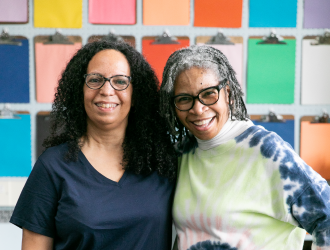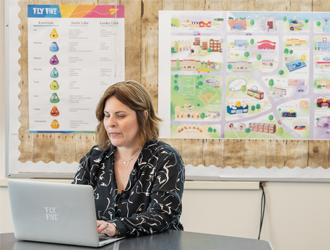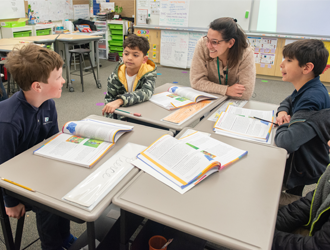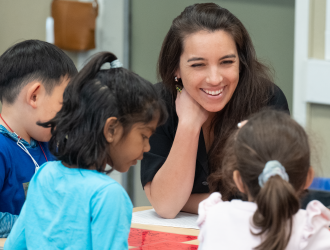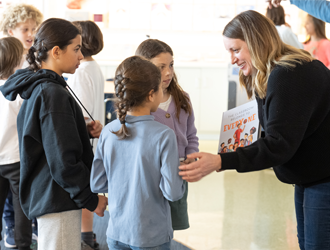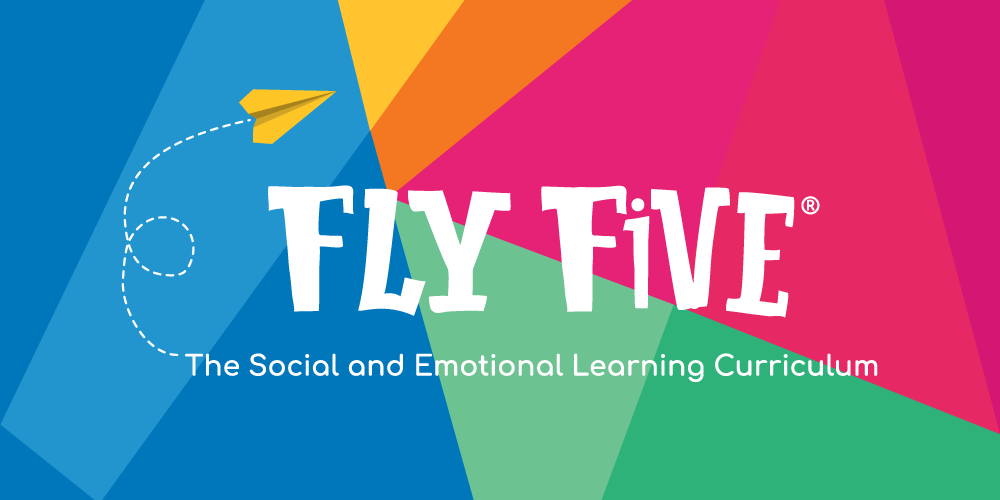How to Foster Effective Student Collaboration
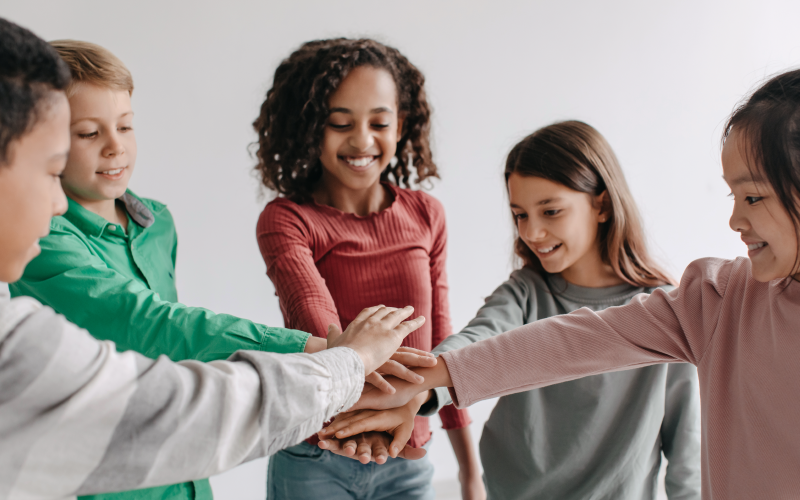
Teaching students how to work well in groups is one of the most valuable lessons you will teach. As every classroom teacher knows, working well in groups and learning leadership skills are crucial to achieving success on tests, projects, and other assignments that require group participation.
Having students collaborate by working as both a group member and a leader is important because it gives them the opportunity to build social skills, foster relationships in and out of the classroom, and avoid the formation of power dynamics. A good way for students to learn these skills is by practicing them in a classroom setting where teachers can ensure that activities and roles are structured appropriately for interconnected student success—meaning that all members of a group must support one another to achieve success (Johnson et al., 1994).
In order to set the stage for effective collaboration, educators must choose something specific for students to focus on, such as the steps of a process, key content, or a particular technique modeled (Moral, 2018). Consider these prompts to jump-start students’ thinking:
- “Why is it beneficial to work in teams, rather than as individuals, for certain projects and activities?”
- “Consider a time when your group experienced a conflict or disagreement. What steps did you take to work through this challenge as a team?”
- “Why is it necessary to have different roles and responsibilities when working in a team?”
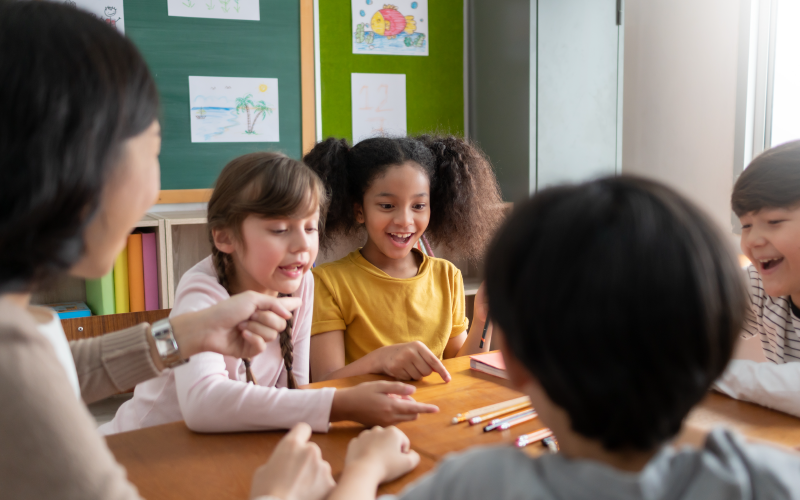
Developmental Considerations When Working as a Group
Helping children learn to work productively and effectively together starts with understanding where they are now. Consider how working as a leader or group member looks and sounds within different ages and stages of development.
When approaching group work in K–2, it is important to remember that students learn best through active play, repetition, and hands-on learning (Wood, 2017) in order to stay engaged and cooperate as a group.
Activities include:
- Allowing the student to lead the line during the “transition” between classrooms.
- Fostering responsibility by encouraging the child to oversee creating ideas for a group project.
With students in grades 3–5, the both group leader and group members need to work together to ensure that each student is motivated and engaged in the activity so that they are learning to work as a team.
Activities include:
- Encouraging the group leader to utilize their decision-making skills by picking out game ideas for end-of-the-week festivities.
In grades 6–8, students should be able to practice problem-solving skills in order to move the group forward.
Activities include:
- Assigning students different roles for group work. For example, some students might be assigned the role of listener while others are speakers. One student could serve as a secretary while another could be a treasurer. There may also be students who will work on organizing and cleaning up after meetings at the end of the day.
By implementing these strategies in the classroom, teachers can provide a more welcoming and inclusive environment for all students to become good group leaders and group members.
References
Johnson, D. W., Johnson, R. T., & Holubec, E. J. (1994). The new circles of learning: Cooperation in the classroom and school. ASCD.
Moral, A. (2018). Replacing direct teaching with active teaching. Center for Responsive Schools.
Wood, C. (2017). Yardsticks (4th ed.). Center for Responsive Schools.



